People of Colin
Some of the fascinating people who make up the history of Colin
Writers, inventors and revolutionaries...
We all know that it’s people who make places, as well as things like buildings and scenery. Maybe more so in many cases.
Colin has had a rich and varied history, from the early inhabitants who created the ring forts and holy wells in the hills above, to Fr Hugh O’Donnell, one of the original parish priest of Belfast to Beatrice Grimshaw, Belle Steele and many more.
It’s been said that the history of Colin is like a microcosm of the history of Ireland itself, and so it is with those who live and lived here. So let’s take a look at some of the key people of Colin from olden times to the modern day. You can see more in the video above.
Fr Hugh O'Donnell
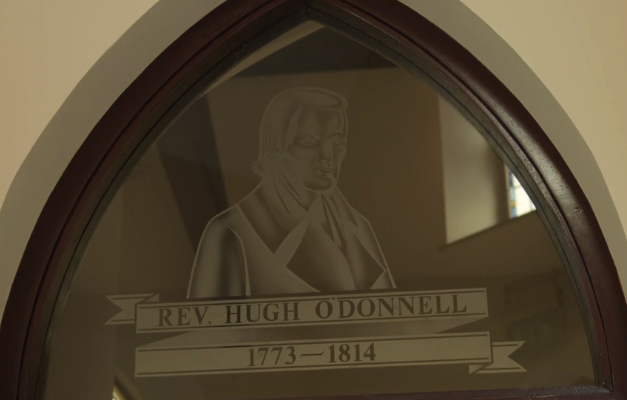
Fr O’Donnell wasn’t the first parish priest of the Colin and Belfast areas, but he was one of the most influential.
His name is inscribed in stone in St Patrick’s Church, Barnfield Road, Derriaghy, as one of the first four priests of the “Parish of Derriaghy, Belfast and Drum 1772 – 1812” and indeed in the same inscription he is described as the “first Parish Priest of Belfast 1812”.
It was he, helped by Presbyterian and Anglican friends, who built the first Catholic Church in the new town of Belfast – St Mary’s in what is now Chapel Lane in Smithfield.
Born in Glenarm, Co Antrim, Fr O’Donnell is described by the historian Eamon Phoenix as “the Penal Days priest who brought the Catholics of this area and indeed Belfast from darkness into light”.
He also founded St Joseph’s Church in Hannahstown. Fr O’Donnell is immortalised there in a stained-glass window (pictured).
You can see the inscription to Fr O’Donnell in St Patrick’s in our video: Rich Past, Bright Future – a short history of the Colin area and learn more about his work in another video, The Penal Days and Belle Steele.
Belle Steele
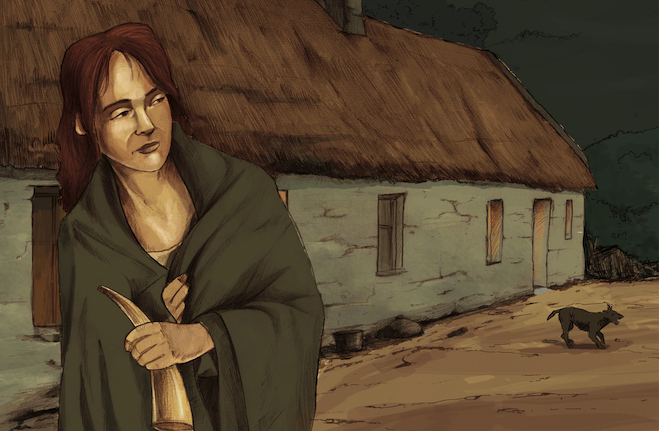
The story of Belle Steele and her heroism is slowly beginning to be properly told.
She was big in local folklore, but historical facts were relatively few and far between. Her influence was such, though, that a road was named after her when Poleglass was being built.
Belle was a Protestant lady who lived at Friar’s Row, a row of cottages on what is now the Stewartstown Road roughly opposite where the Colin Connect Transport Hub now stands.
Despite great personal danger in those harsh Penal Times, Belle was known to hide the priest’s chalice and vestments – and possibly also the priest at times.
She also used a cow horn to warn those attending Mass at Mass Rocks in the hills of Colin of the approach of redcoats.
The cow horn was passed down the generations but sadly was destroyed in a fire in the 1980s.
You can found out more about tell in the video, The Penal Days and Belle Steele.
Bartholomew Teeling
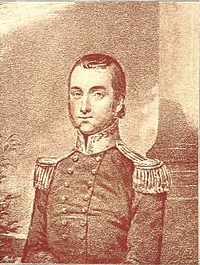
Captain Bartholomew Teeling, the son of a wealthy Lisburn linen manufacturer with a mill at Poleglass, joined the United Irishmen and travelled to France to elist military support for an Irish uprising.
He fought with valour at the battles of Collooney and Ballinamuck but was captured and later executed in Dublin.
He attempted to read a speech from the scaffold but was not allowed. However, his speech was smuggled out and inspired the United Irishmen, including the lines:
“If to have endeavoured to give my native country a place among the nations of the earth was treason, then I am guilty indeed.
“If to have been active in endeavouring to remove the fangs of oppression from the head of the devoted Irish peasant was treason, I am guilty.”
A monument (pictured) stands to Bartholomew Teeling near Colloney, County Sligo.
Beatrice Grimshaw
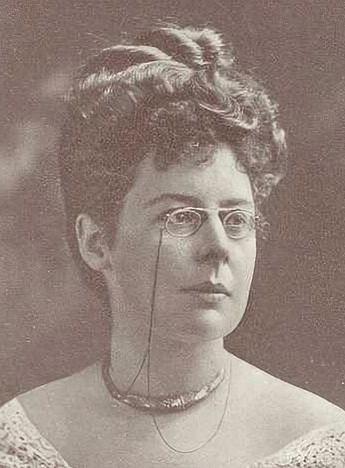
Beatrice, born in 1870 and educated privately at Cloona House and what was then Queen’s College, Belfast, was a unique woman for her time.
Her parents were well-to-do merchants Nicholas and Eleanor Grimshaw, but Beatrice struck out on her own path, as we shall see, even converting to Catholicism after leaving home.
A keen sportswoman, she won cycling records before turning her hand to journalism, editing The Social Review until 1903.
But she desired to be an adventurer, perhaps fuelled by a stint working for shipping companies including the Cunard Line.
She sailed for the Pacific, reporting for the Times from Papua New Guinea, intending to stay there for a few months, but remaining for 27 years.
She hued a career as an explorer but also as a prolific novelist, writing best-selling, colonial-style books like Vaiti of the Islands and When the Red Gods Call. Sadly, Beatrice Grimshaw died, penniless, in Australia in 1953.
Frank Pantridge
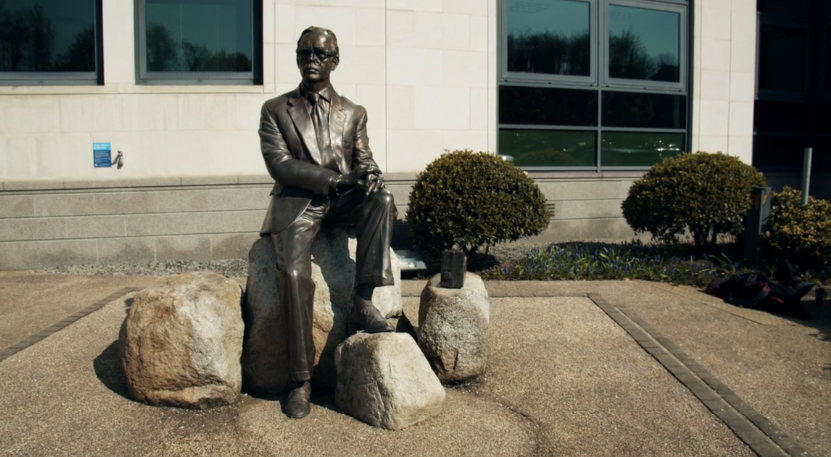
Frank Pantridge (1916 – 2004) is most famously remembered as a physician and cardiologist who invented the portable defibrillator.
So important and influential was his invention, that the portable defibrillator is still in use worldwide and has saved countless tens of thousands of lives.
Professor Pantridge lived at now-gone Collin House in the hills above Poleglass during the 1960s and 70s.
He is also famously remembered for his service in the British Army – he received the Military Cross during the Fall of Singapore, but was captured by the Japanese and served much of his captivity as a slave labourer on the infamous Burma Railway.
When finally freed he was emaciated and suffering from cardiac beriberi. Poor health followed him all his life.
Bobby Sands
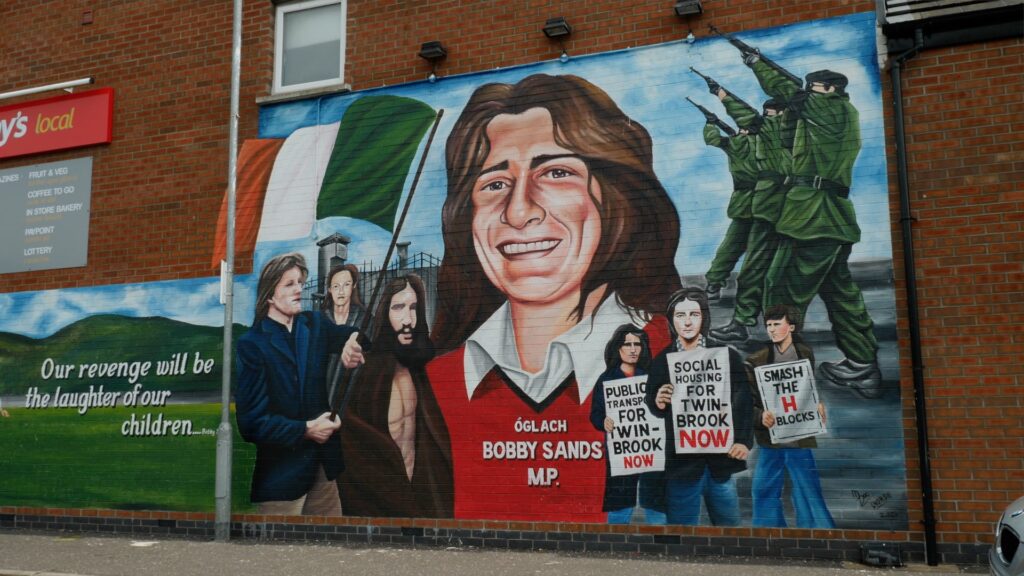
But the most famous resident of Colin is certainly Bobby Sands. He was the IRA hunger striker who would be elected an MP before dying on the 66th day of his fast in the prison hospital at the Maze prison/Long Kesh.
Bobby Sands arrived in Twinbrook in the early 70s when his family was intimidated out of Rathcoole in north Belfast early in the Troubles.
He would become a community activist in Twinbrook as well as an IRA volunteer, later rising to be IRA leader in jail and a senior republican strategist.
We have a page dedicated to Bobby Sands with more information about his life and historical importance.
